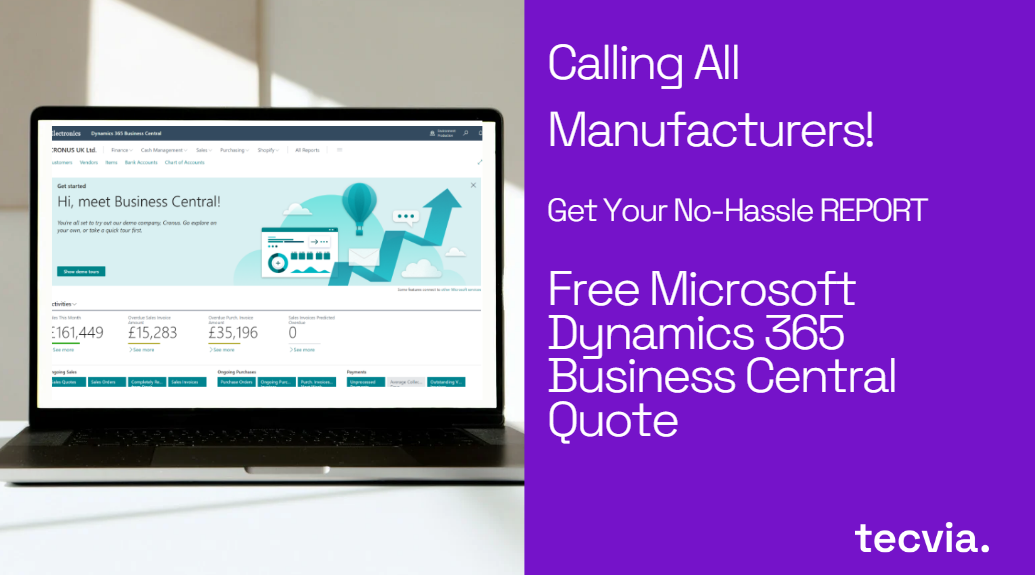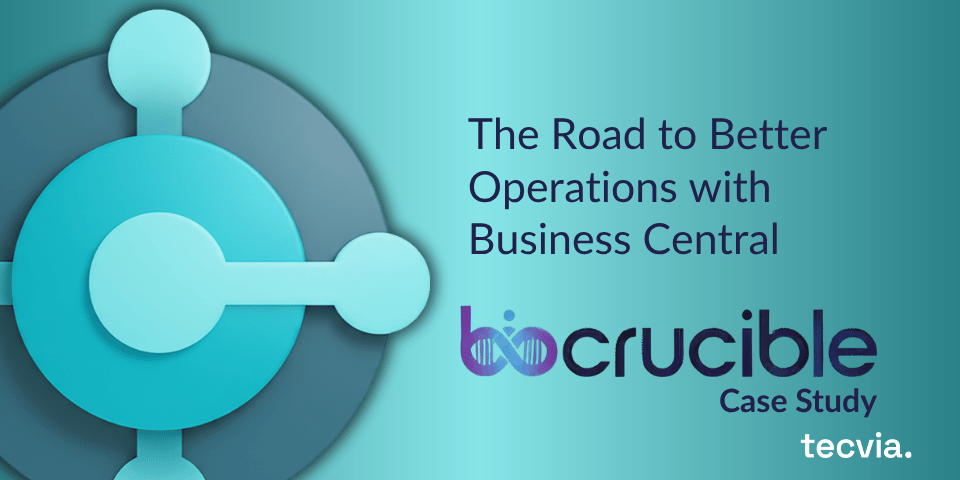Choosing the right Enterprise Resource Planning (ERP) system is crucial for enhancing operational efficiency and achieving business objectives.

This article helps those who want to improve their software solutions or invest in a dedicated ERP system that first aligns with their specific needs and goals.
Step 1: Define Your Business Requirements
Before exploring ERP options, it’s essential to understand your business needs clearly.
Consider what problems you are trying to solve or what business processes you aim to enhance. Identify the specific functionalities crucial for your business, whether it’s inventory management, customer relationship management, or something else.
Tip: Engage stakeholders from various departments to ensure all business needs are considered.

Step 2: Budgeting for Your ERP System
Budget is a critical factor in the selection process. The cost of ERP systems can vary significantly depending on their features, scalability, and support services.
According to a recent study, SMEs in the UK can expect to spend, on average, between £10,000 and £100,000 on an ERP system, depending on its complexity and scope.
It’s essential to consider its upfront costs and ongoing expenses such as maintenance, upgrades, and training.

Step 3: Assess ERP Deployment Options
Decide whether an on-premise, cloud-based, or hybrid ERP solution is best for your business.
Cloud-based systems typically offer lower upfront costs and are easier to scale, while on-premise solutions might provide more control over the data and customisation.
Market research indicates that cloud ERP adoption has been increasing in the UK, with over 70% of businesses now preferring cloud-based solutions for greater flexibility and cost-efficiency

Step 4: Evaluate the ERP Vendor’s Industry Experience
The vendor should have a strong understanding of your industry’s specific challenges and industries. Check their track record, ask for case studies, and speak to existing clients about their experiences.
Ensure the provider has experience dealing with businesses of your scale and within your industry to facilitate a smoother implementation and customisation process.

Step 5: Consider Scalability and Future Growth
Your chosen ERP system should be able to grow with your business. Consider its scalability to handle increasing transactions, additional users, and global expansion, if necessary.

Step 6: Review Support and Training Services
An ERP system is only as good as the support and training that comes with it. Ensure that the vendor provides comprehensive training and robust support to resolve any issues quickly.

Step 7: Conduct a Detailed ERP Demonstration

Summary
Selecting the right ERP system is a significant decision that requires careful consideration and thorough evaluation.
For businesses looking to leverage ERP’s power to drive growth and efficiency, partnering with an experienced provider like Tecvia, a Microsoft Dynamics 365 Business Central partner, can be transformative.
Tecvia offers expertise in tailored ERP solutions, ensuring businesses choose the right system and maximise its benefits to meet their unique needs.
__
If you’re ready to explore ERP solutions that can transform your business, contact Tecvia today.
As a trusted Microsoft Dynamics 365 Business Central partner, we provide personalised consultations and implementation support tailored to your business requirements.
Start your journey towards streamlined operations and improved efficiency with Tecvia.
Recommended reading
Understanding the role of an ERP specialist across key industries
Tecvia transforms moving mountains with Microsoft Dynamics 365 Business Central


